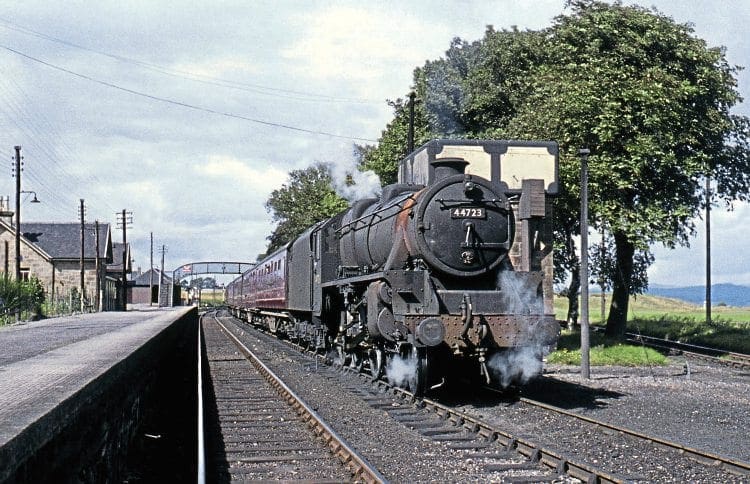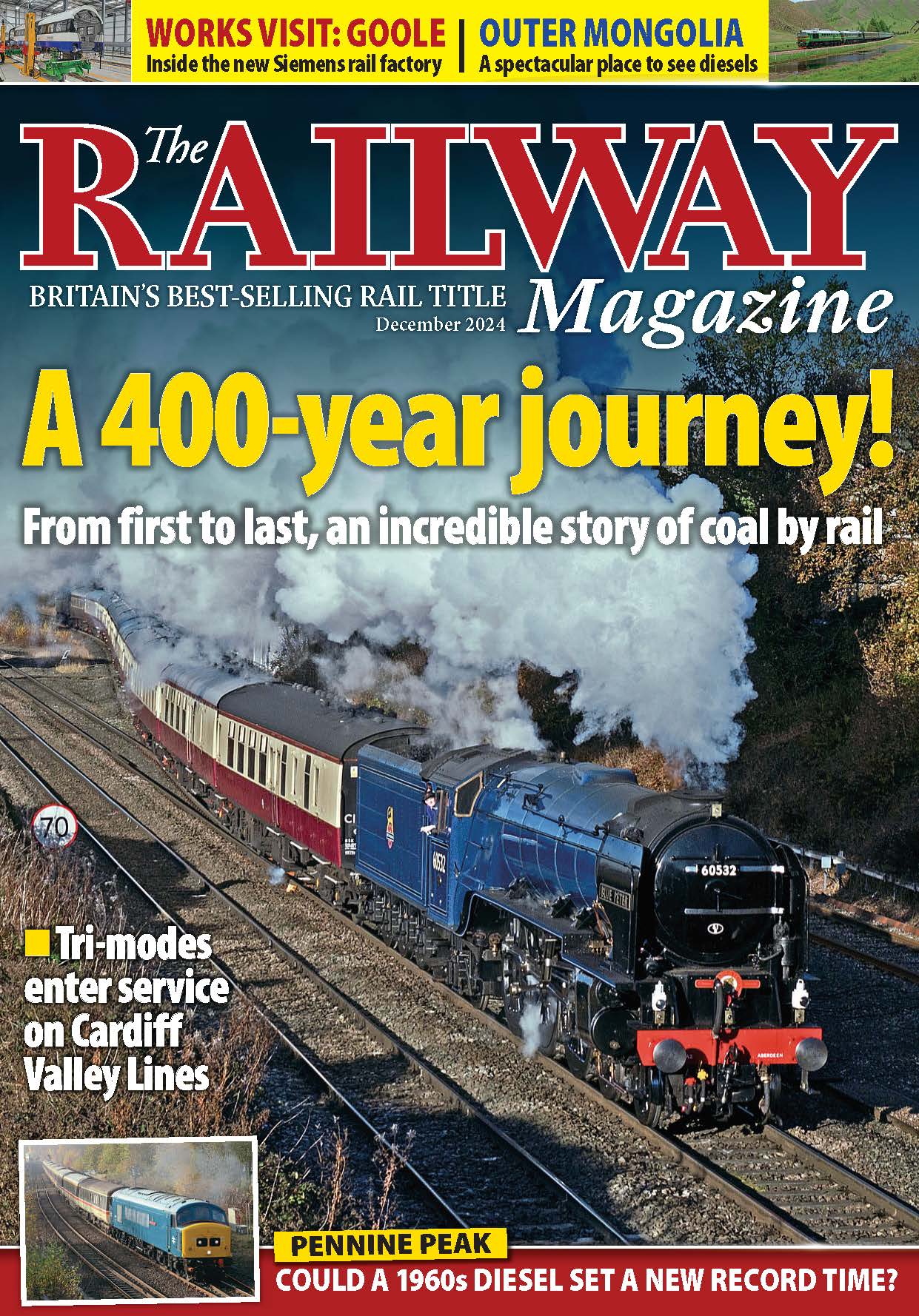For this month’s Practice & Performance, Keith Farr recalls several historic runs over the former Highland Railway’s Far North line from Inverness to Wick and Thurso – a route with a stop-start nature.
REMINISCING about the Highland Railway in 1957, historian C Hamilton Ellis observed that, by the time the weary traveller reached Caithness, “Inverness seemed…remote, somewhere in the south”… for Inverness to Wick was a 161½-mile trek, almost double the distance as the eagle flies.

The firths of Beauly, Cromarty and Dornoch, and the rocky Ord of Caithness, forced the promoters of the line to make long detours inland. And, until the purge of June 1960, when many of the smaller stations were closed to passengers, the six-hour journey prompted the soubriquet ‘line of the 39 stops’.
Yet the locomotive work was far from lethargic, for this was not some straggling Great Western byway with pedestrian schedules and bucolic station work: it was a main line, essential in peace and invaluable in war (see The Railway Magazine, December 2014).
Monthly Subscription: Enjoy more Railway Magazine reading each month with free delivery to you door, and access to over 100 years in the archive, all for just £5.35 per month.
Click here to subscribe & save
From 1935 to 1961, Stanier ‘Black Fives’, vigorously driven singly or in pairs, handled trains of substantial length, although they tended to shed vehicles as the journey progressed.
Before launching into a description of individual runs, a minor health warning is appropriate. Recorders in the 1950s relied on watches and mileposts or rail joints to assess speeds, so the accuracy of their logs could not reach the level attained with today’s GPS equipment. Also, few timers would have been thoroughly acquainted with the Far North route and its constantly changing gradients. So, to avoid giving a false idea of accuracy, the distances shown here are rounded to 0.05 of a mile and may not exactly match the quoted speeds.
Read more in the May issue of The RM – on sale now!




